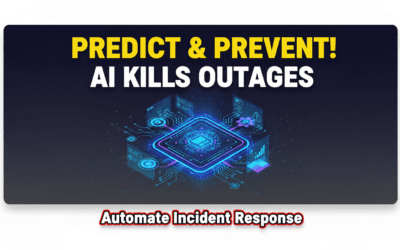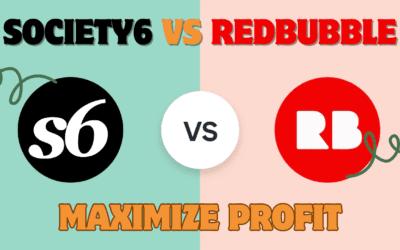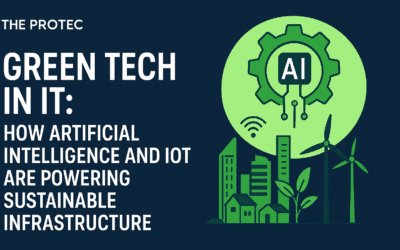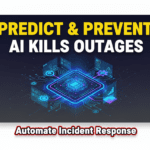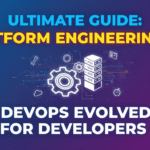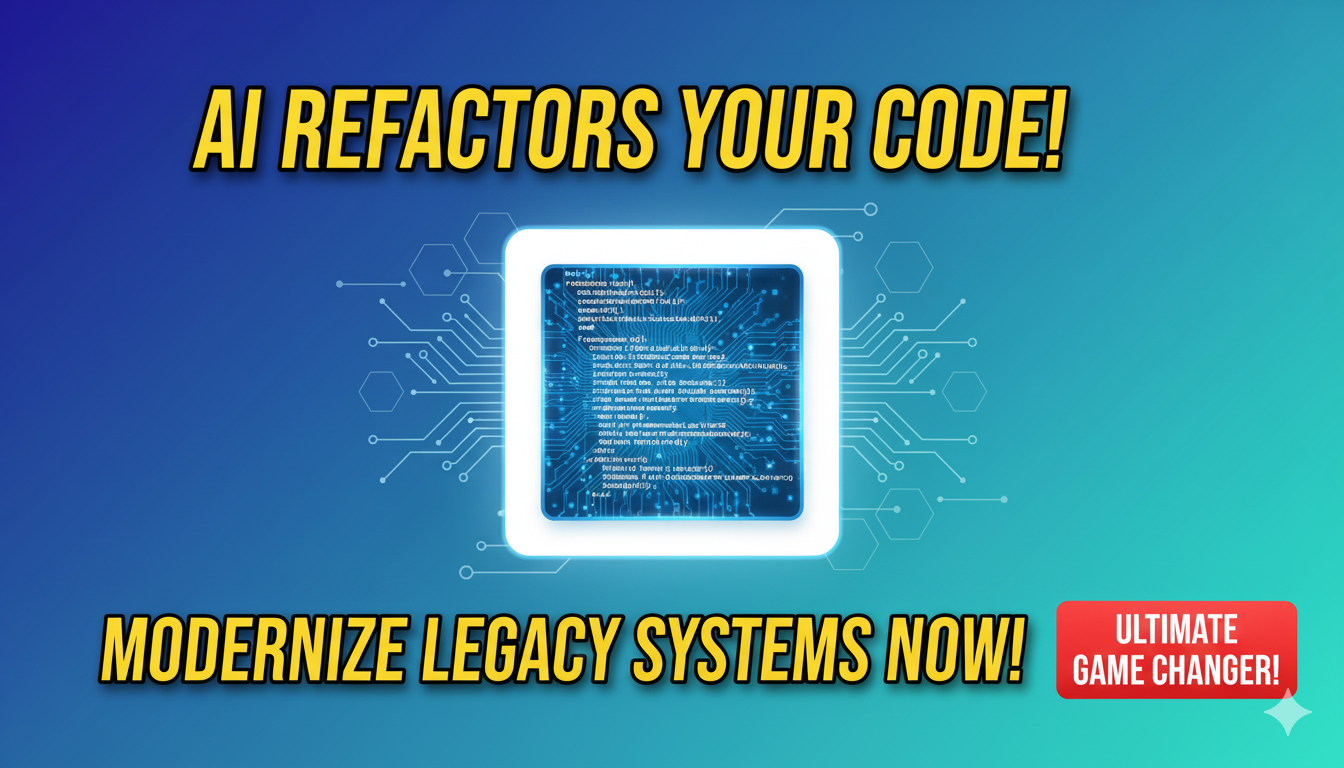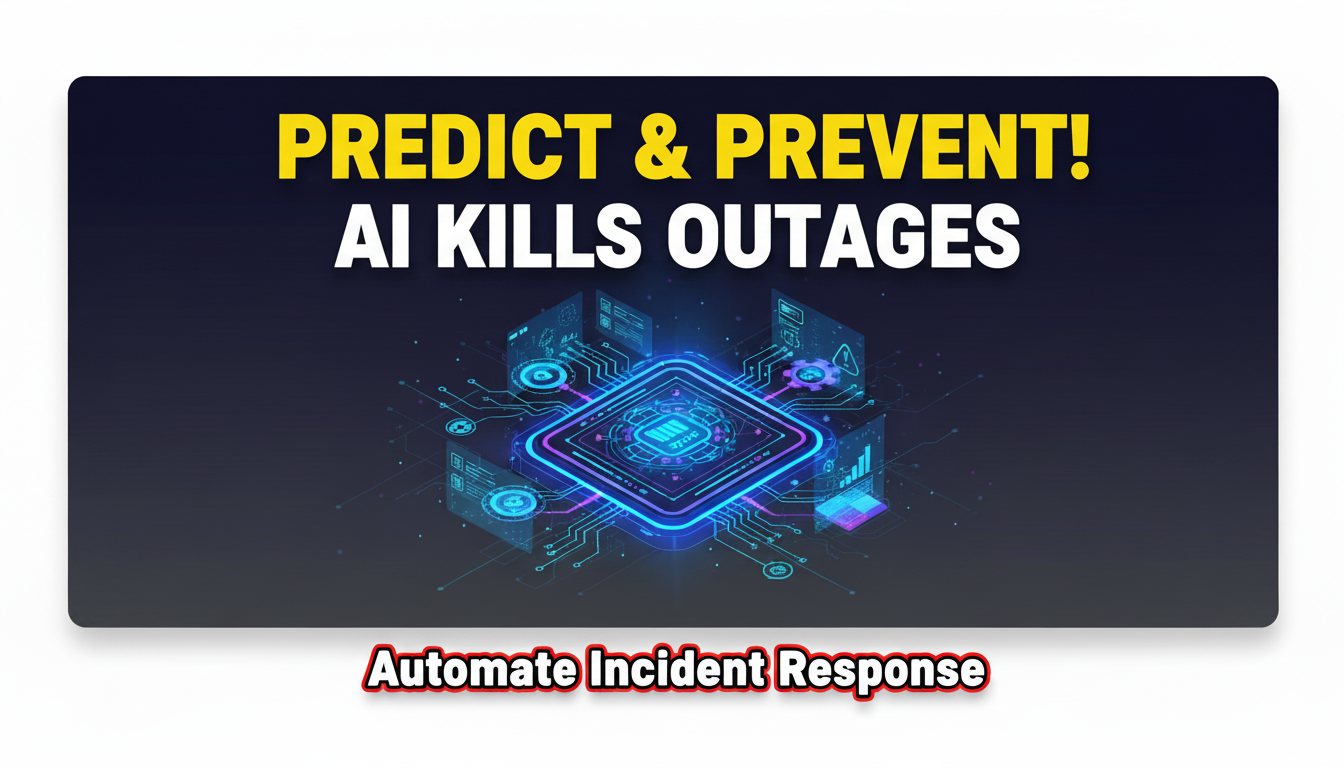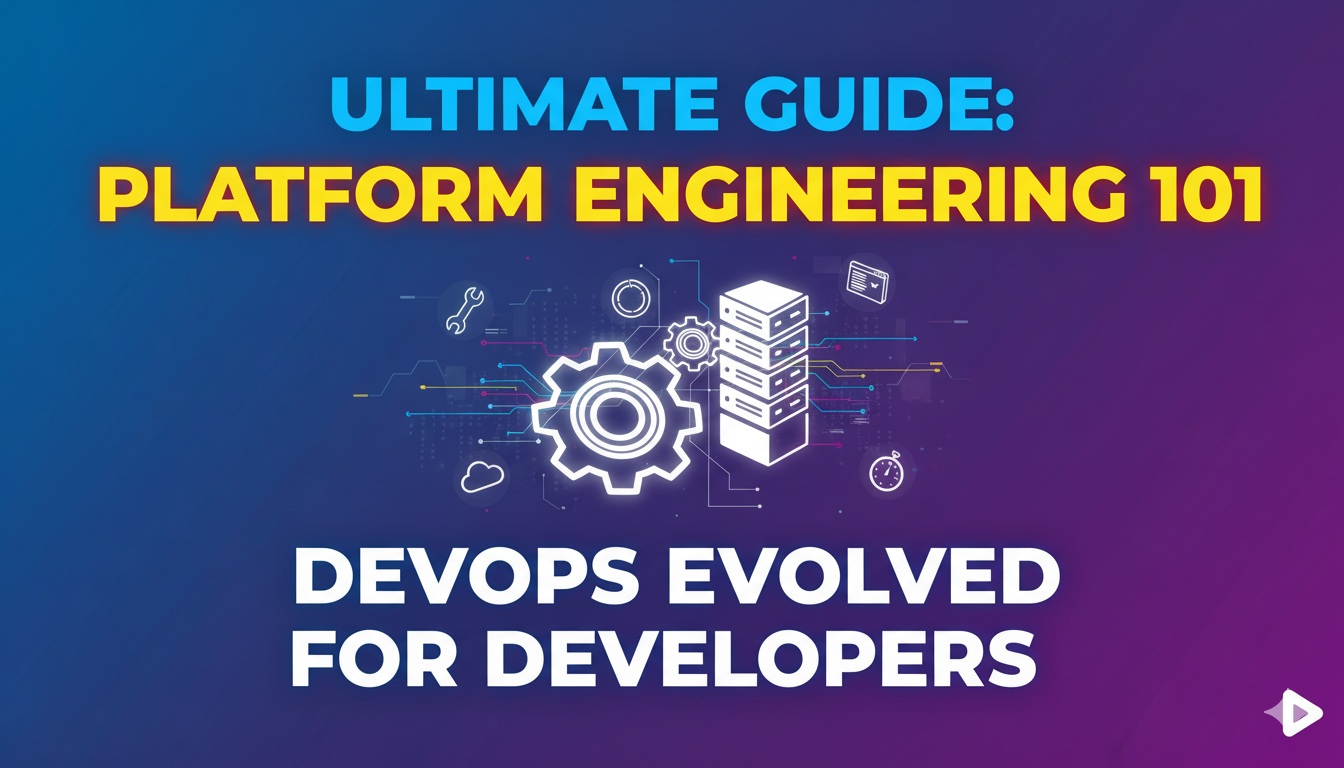Introduction
Legacy code is the technical debt that keeps on taking—taking time, money, and developer morale. It’s the untested, poorly documented, and tightly coupled codebase that everyone is afraid to touch. Technical debt is the primary frustration for 62% of developers, and companies spend an average of $2.9 million annually on legacy system maintenance . The traditional solution, manual refactoring, is slow, risky, and expensive. Fortunately, AI-Powered Code Refactoring is changing the game. This transformative approach uses advanced large language models (LLMs) to automate the cleanup and modernization of aging codebases. By automating the grunt work, AI allows developers to focus on higher-value tasks, turning a multi-sprint nightmare into a manageable, continuous process. This article explores the tools, techniques, and best practices for leveraging AI to breathe new life into your legacy systems.
Why Legacy Code Desperately Needs Refactoring
Legacy code isn’t just old code; it’s code that has become difficult and risky to change. The challenges are multifaceted:
- High Coupling and Low Cohesion: Years of quick fixes weave unrelated modules into a tangled “plate of spaghetti” . Changing a single function can trigger a cascade of unexpected failures, forcing developers to adopt a “touch nothing that works” mentality that stifles innovation.
- Missing Safety Nets: Many legacy systems predate modern testing culture. Without a robust suite of unit and integration tests, every change becomes a gamble, requiring extensive manual QA to avoid introducing regressions .
- Opaque Business Logic: Critical business rules are often buried within thousand-line methods, written by developers who have long since left the company. Variables with cryptic names like
flagXand outdated comments make understanding the code’s intent a monumental task . - Mounting Costs: The financial impact is staggering. Developers lose up to 42% of their time managing technical debt, and legacy upkeep costs enterprises millions annually . This “debt snowball” makes new features take longer and increases the risk of defects.
What is AI-Powered Code Refactoring?
AI-Powered Code Refactoring uses machine learning models trained on billions of code lines to understand, analyze, and improve software structure without altering its external behavior. Unlike simple linters or text-replacement tools, AI assistants comprehend code semantics and context.
They go beyond syntax to understand variable scope, data flow, and architectural patterns across multiple files. This enables them to perform complex, behavior-preserving transformations safely and efficiently .
Key capabilities include:
- Contextual Reasoning: AI models read filenames, neighboring functions, and code structure to provide suggestions that align with your project’s domain and architecture .
- Cross-File Awareness: Modern tools can analyze entire repositories, spotting duplicated business logic and ensuring consistent renaming and updates across all affected files .
- Automated Grunt Work: AI excels at automating tedious tasks like variable renaming, method extraction, dead code elimination, and documentation generation, which are time-consuming and error-prone when done manually .
Key AI Refactoring Tools to Know in 2025
The landscape of AI-Powered Code Refactoring tools has evolved rapidly. Here are some of the most powerful platforms available:
| Tool | Primary Strength | Key Feature | Ideal For |
|---|---|---|---|
| Augment Code | Enterprise-Scale Refactoring | 200k+ token context window | Large, complex codebases spanning multiple repositories |
| GitHub Copilot | IDE-First Coding | Inline suggestions & code block refactoring | Developers seeking seamless integration in VS Code/IDEs |
| CodeScene | Code Health Analysis | Identifies refactoring hotspots based on change frequency | Teams prioritizing technical debt reduction based on data |
| Zencoder | Whole-Repository Analysis | Repo Grokking™ for context-aware suggestions | Projects needing deep, project-specific code understanding |
| Tabnine | Privacy & Control | Local/on-premise deployment | Enterprises with strict data privacy and security requirements |
| Gemini Code Assist | Large-Scale Edits | Pure function refactoring & legacy code modernization | Modernizing large JavaScript/TypeScript codebases |
These tools integrate directly into popular IDEs like VS Code and JetBrains, fitting into existing developer workflows with minimal disruption .
Proven Techniques and Workflow for AI Refactoring
Success with AI-Powered Code Refactoring requires a systematic approach. The following workflow ensures safe, effective, and measurable improvements.
A Phased AI Refactoring Workflow
- Phase 1: Assess & Prioritize: Begin by using AI tools to analyze your codebase. Identify “hotspots”—files with high complexity and frequent changes. Overlay this technical data with business criticality to select the most valuable and risky components to refactor first.
- Phase 2: Build a Safety Net: Before making changes, generate unit tests for the targeted code. AI can scaffold tests that capture current behavior, creating a safety net that prevents regressions during refactoring .
- Phase 3: Execute Atomic Changes: Refactor in small, single-purpose steps. Instead of a massive overhaul, use AI to perform “atomic” transformations—extract one method, rename one variable, eliminate one block of duplication. This keeps changes manageable and easy to review.
- Phase 4: Review and Integrate: Meticulously review every AI-generated change in a diff view before applying it. Run the generated tests and the existing test suite to ensure nothing is broken. Only then should you commit the change.
- Phase 5: Measure and Iterate: Track key metrics like cyclomatic complexity, code coverage, and defect rates to quantify the impact of your refactoring and guide future efforts.
Specific AI-Assisted Refactoring Techniques
- Simplify Complex Methods: Select a long, tangled function and prompt your AI assistant: “Simplify this code and reduce its cyclomatic complexity.” The AI can often break down nested conditionals and extract well-named helper methods .
- Modernize Legacy Syntax: Command the AI to “Update this legacy JavaScript (using
var) to modern ES6+ syntax (usingconst/let, arrow functions).” This mechanically updates language constructs without changing logic . - Eliminate Code Duplication: Ask the AI to “Identify repeated logic in these files and extract it into a reusable function.” The AI can find patterns across your codebase that are easy for the human eye to miss.
- Create API Facades: To strangle a legacy monolith, prompt the AI to “Generate a clean REST API facade that maps to these legacy backend endpoints.” This provides a modern interface behind which the old system can be gradually dismantled .
Real-World Example: Refactoring a Lift Pass Pricing Function
Let’s see AI refactoring in action. Consider a legacy Node.js function for calculating lift pass prices, characterized by deep nesting, unclear variables, and database calls mixed with business logic .
A developer can use an AI assistant like Rubberduck (for VS Code) to tackle this. The process is iterative:
- Initial Simplification: The developer selects the entire function and uses the prompt: “Simplify this code.” The AI’s first suggestion is often to reduce duplication in the response logic, consolidating multiple
res.json()calls into a single point at the end of the function. This is a foundational refactoring that makes the code clearer . - Islecting External Dependencies: The next prompt, “Destructure
req.queryat the top of the function,” helps pull I/O concerns up, separating the input processing from the core pricing logic . - The Result: After a few more targeted prompts, the once-opaque function is transformed into a more readable, structured, and testable piece of code. The pure business logic for calculating the price is distilled, making it far easier to understand and modify in the future.
Throughout this process, a pre-existing test suite acts as a safety net, verifying that the behavior remains correct after each AI-suggested change .
Measuring the Impact: Metrics and Outcomes
To validate your AI-Powered Code Refactoring efforts, track these key metrics:
- Code Quality Metrics: Monitor cyclomatic complexity (a measure of code complexity), code duplication percentage, and unresolved “TODO” comments. Successful refactoring should see these numbers drop .
- Performance Indicators: Track the technical debt ratio, which measures the cost of fixing maintainability issues. A decreasing ratio indicates a healthier codebase .
- Productivity Gains: Measure the time it takes to implement new features. Teams using AI-assisted refactoring have reported 40% faster code review cycles and a 60% reduction in regression bugs .
- Developer Feedback: A soft but critical metric is how quickly new team members can onboard and understand the refactored codebase. Smoother onboarding is a clear sign of improved code clarity .
Best Practices for Safe and Effective AI Refactoring
- Refactor with Tests in Place: Never use AI to refactor code that isn’t covered by tests. If tests are missing, use AI to generate them first as a safety net .
- Embrace an Incremental Approach: Make small, atomic changes. A series of small, reviewed pull requests is far safer than a single massive rewrite .
- The Human is the Final Gate: Never blindly accept AI suggestions. Always review the diff, run the tests, and use your domain knowledge to check for semantic errors. AI can be confidently wrong .
- Commit Refactoring Separately: Keep refactoring commits separate from feature development or bug fixes. This makes the history cleaner and simplifies debugging if something goes wrong .
- Factor Refactoring into Planning: Account for the time needed for AI-assisted refactoring in your project estimations. It’s faster than manual refactoring, but not instantaneous .
Challenges and Pitfalls to Avoid
While powerful, AI-Powered Code Refactoring is not a magic bullet.
Technical Limitations
- Hallucinations: AI models can sometimes “hallucinate” code, inventing APIs or libraries that don’t exist. A vigilant human review is essential to catch these .
- Context Limits: Even with large context windows, AI can sometimes miss subtle, domain-specific business rules embedded in the code. It lacks the institutional knowledge that your senior developers possess .
- Over-reliance on Automation: Using AI as a crutch can potentially hinder long-term skill growth. It’s a tool to augment, not replace, developer expertise .
Organizational Pitfalls
- Treating Modernization as Purely Technical: Modernizing code often requires organizational change, including training teams on new architectural patterns and processes. Ignoring this cultural shift is a common reason for failure .
- The “Modernized Legacy” Trap: Simply moving a legacy monolith to the cloud without refactoring its architecture (“lift-and-shift”) results in a “modernized legacy” system that retains all the original constraints and fails to deliver cloud benefits .
- Trying to Modernize Everything: Avoid boiling the ocean. A “modernize everything” approach is costly and often unnecessary. Instead, be problem-driven and focus refactoring on the areas that deliver the most business value .
Conclusion
AI-Powered Code Refactoring represents a fundamental shift in how we manage and modernize legacy software. By automating the tedious, error-prone aspects of code cleanup, AI empowers development teams to tackle technical debt that was previously too expensive or risky to address. The tools and techniques available today can dramatically accelerate refactoring cycles, improve code quality, and reduce bugs—but they require a strategic, disciplined approach.
The future of software maintenance is not AI replacing developers, but developers and AI working in partnership. By integrating these powerful tools into your workflow, following best practices, and maintaining a critical review eye, you can transform your legacy codebase from a liability into a solid foundation for future innovation. Start small, measure your results, and begin your journey toward a cleaner, more maintainable codebase today.
Sources and References
Comprehensive Tool Lists & Industry Overviews
- 26 AI Code Tools in 2025: Best AI Coding Assistants
A detailed guide from Code-Intelligence.com reviewing a wide array of AI coding tools available in 2025.
https://www.code-intelligence.com/blog/ai-code-tools - 20 Best AI Coding Assistant Tools [Updated Aug 2025]
An extensively researched list from Qodo.ai, evaluating assistants based on real-world developer challenges like debugging and code optimization.
https://www.qodo.ai/blog/best-ai-coding-assistant-tools/ - An In-Depth Analysis of the 2025 AI Coding Agent Landscape
A comparative report on Medium that provides a strategic look at different categories of AI coding agents, including in-IDE assistants and development platforms.
https://medium.com/@metamood/an-in-depth-analysis-of-the-2025-ai-coding-agent-landscape-a-comparative-report-for-strategic-a371d87245f6
Specialized AI Refactoring Tools
- 15 AI Code Refactoring Tools You Should Know
A blog post from Overcast that focuses specifically on AI-driven tools for refactoring, including Swimm, GitHub Copilot, and Amazon CodeWhisperer.
https://overcast.blog/15-ai-code-refactoring-tools-you-should-know-50cf38d26877 - 5 AI Tools for Code Refactoring and Optimization [2026]
A hands-on review from Second Talent that tests tools like Tabnine, Gemini Code Assist, and CodeScene for their refactoring capabilities.
https://www.secondtalent.com/resources/ai-tools-for-code-refactoring-and-optimization/
Enterprise Strategy & Best Practices
- AI code refactoring: Strategic approaches to enterprise software modernization
An evidence-based analysis from GetDX.com on best practices for implementing AI refactoring in large organizations, including metrics and risk management.
https://getdx.com/blog/enterprise-ai-refactoring-best-practices/ - Code Quality in 2025: Metrics, Tools & Best Practices
An article from Qodo.ai discussing how the definition of code quality is evolving in the age of AI-generated code and the critical role of context-aware reviews.
https://www.qodo.ai/blog/code-quality/
Techniques and Real-World Examples
- 10 Proven Code Refactoring Examples That Transform Developer Performance
A guide from Docuwriter.ai that provides concrete examples of refactoring patterns, such as Extract Method and Replace Conditional with Polymorphism.
https://www.docuwriter.ai/posts/code-refactoring-examples
